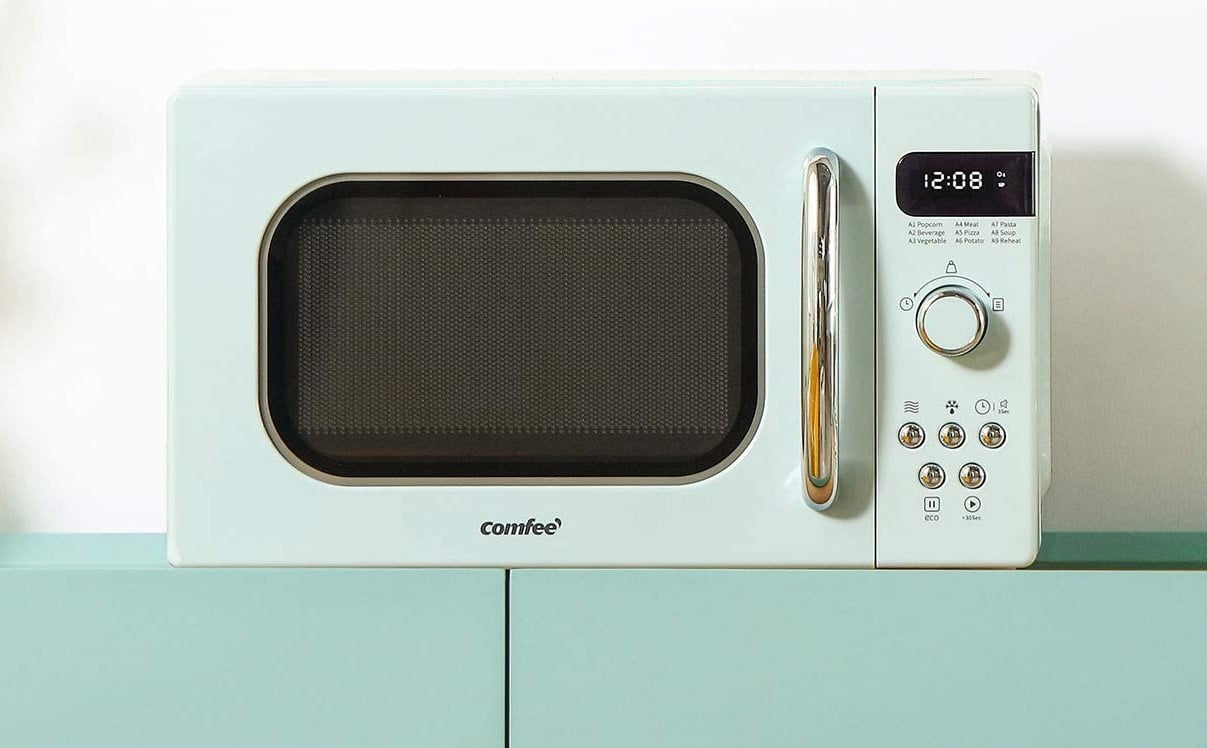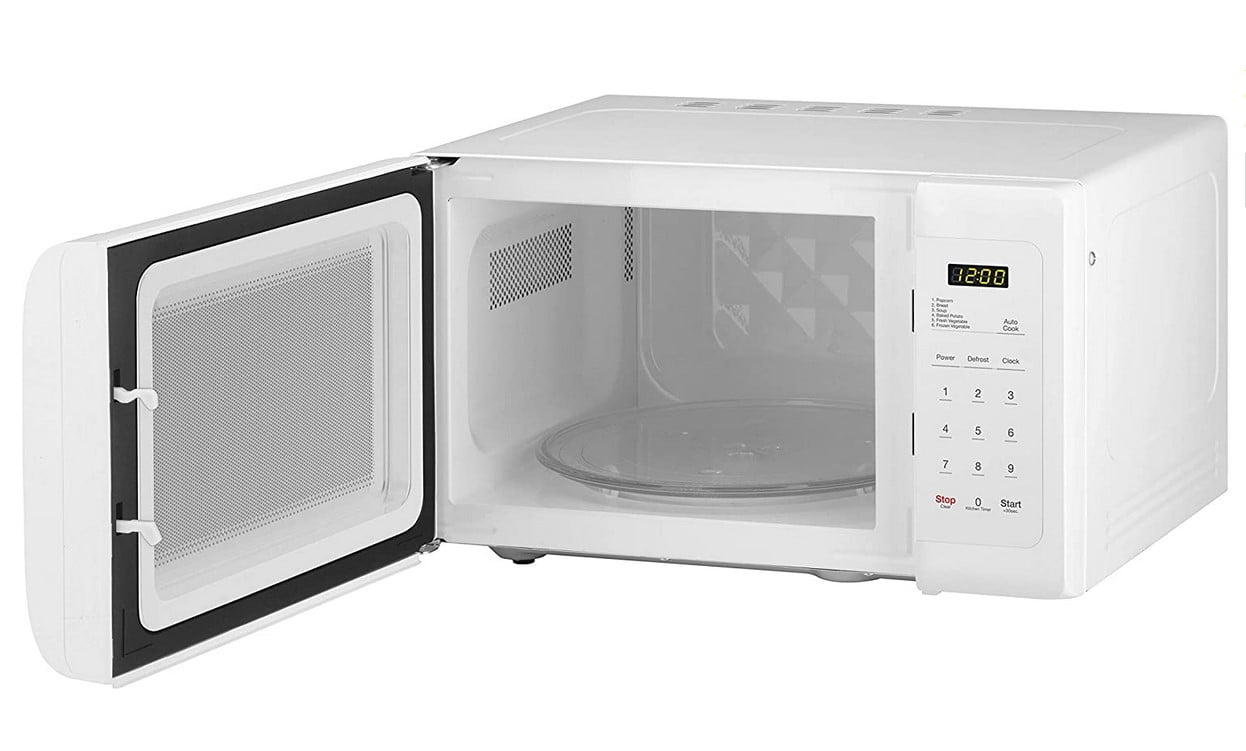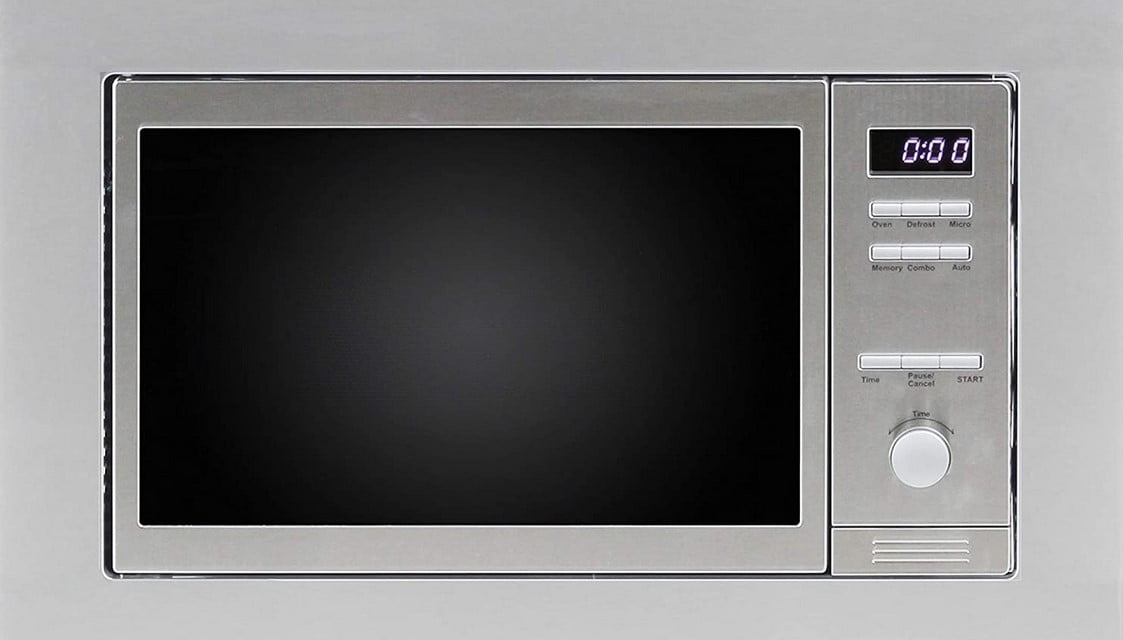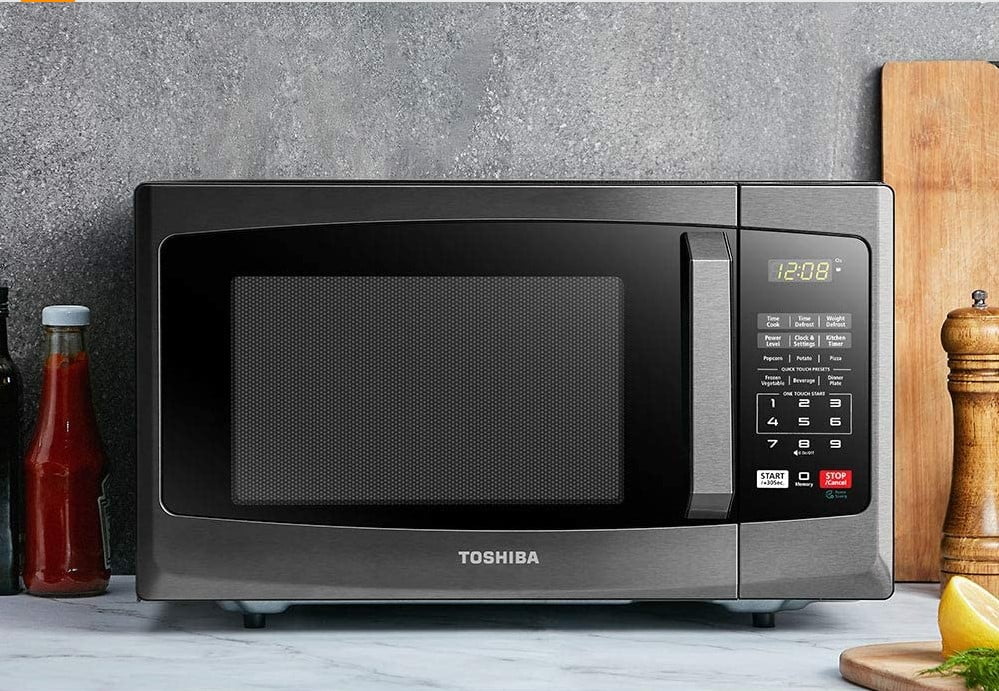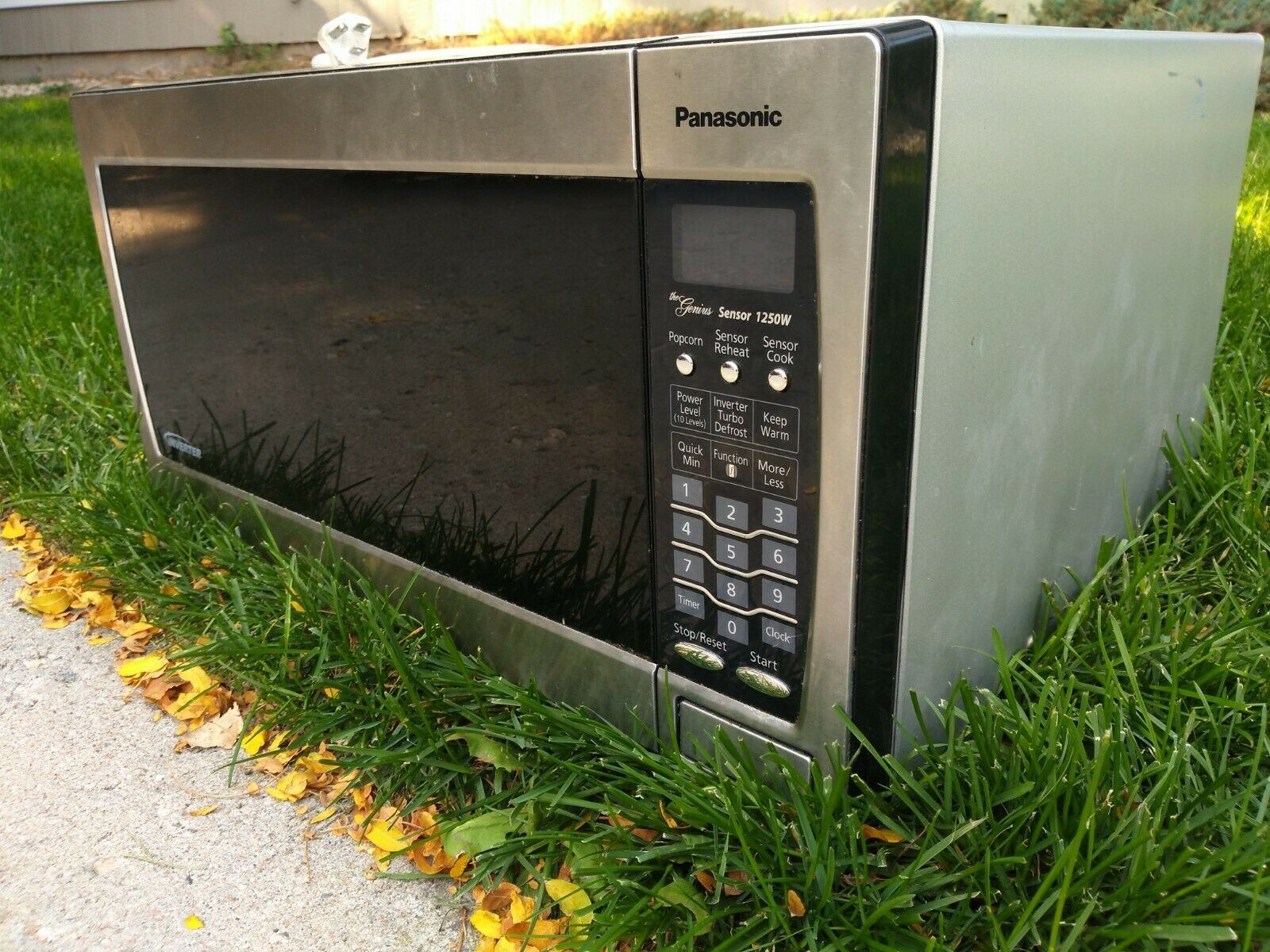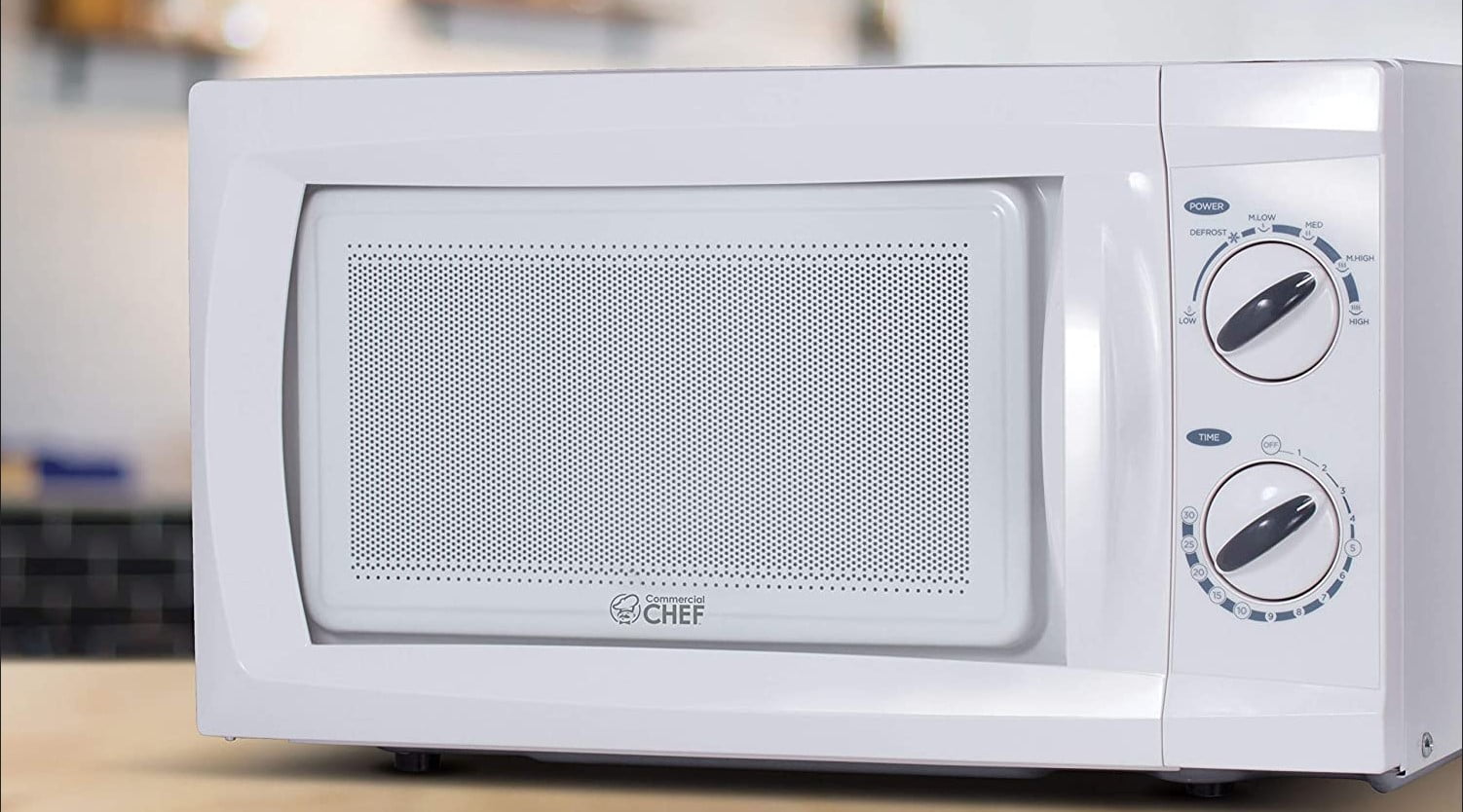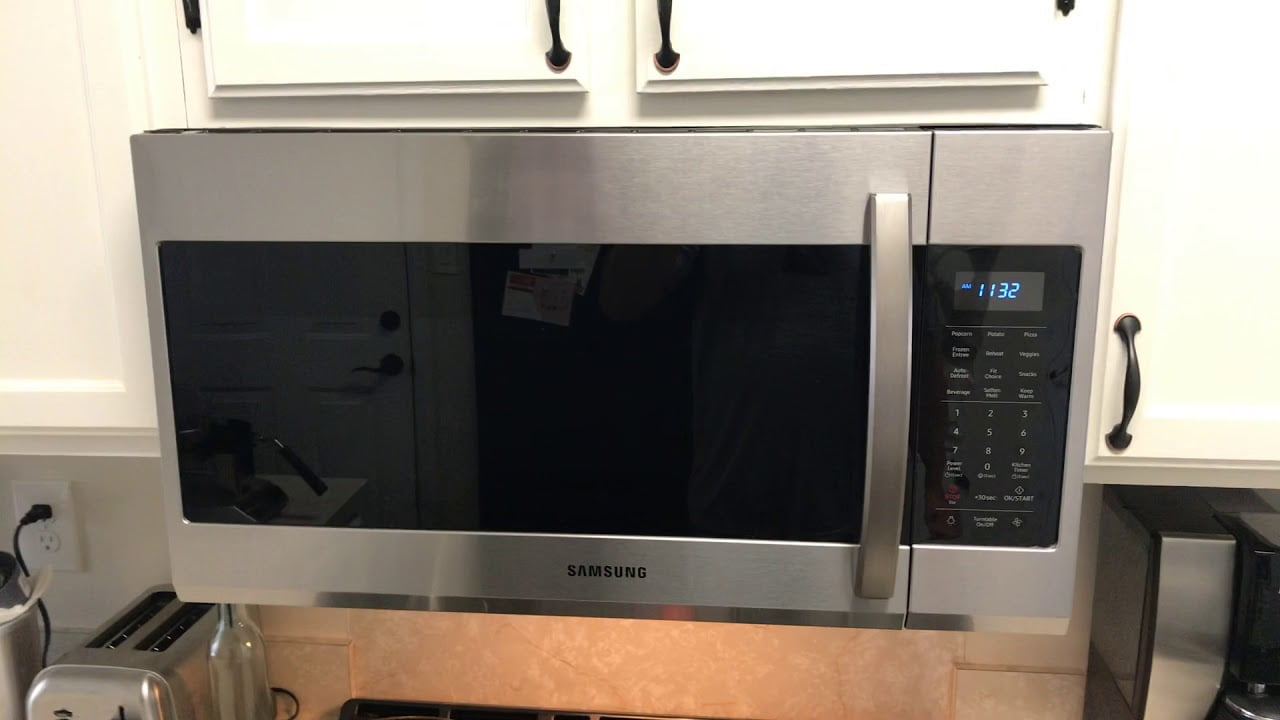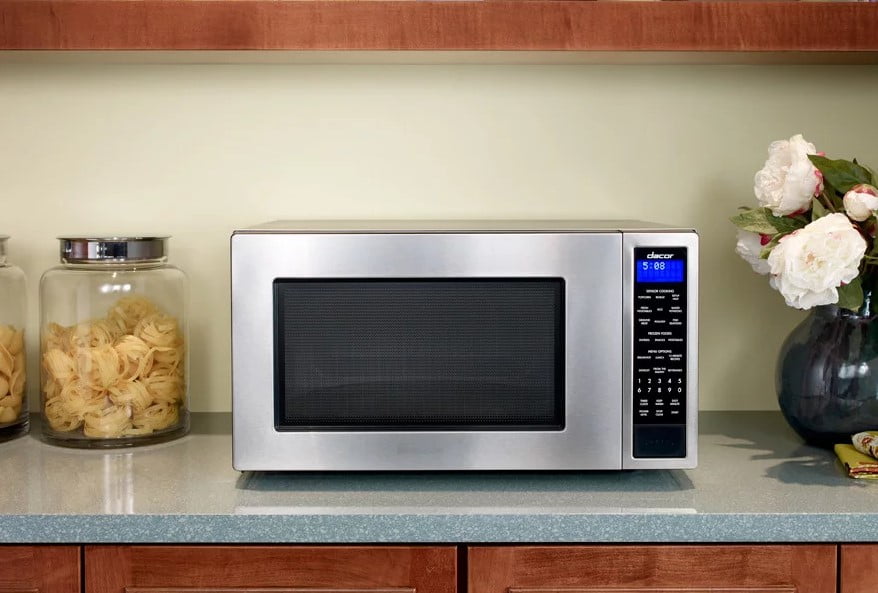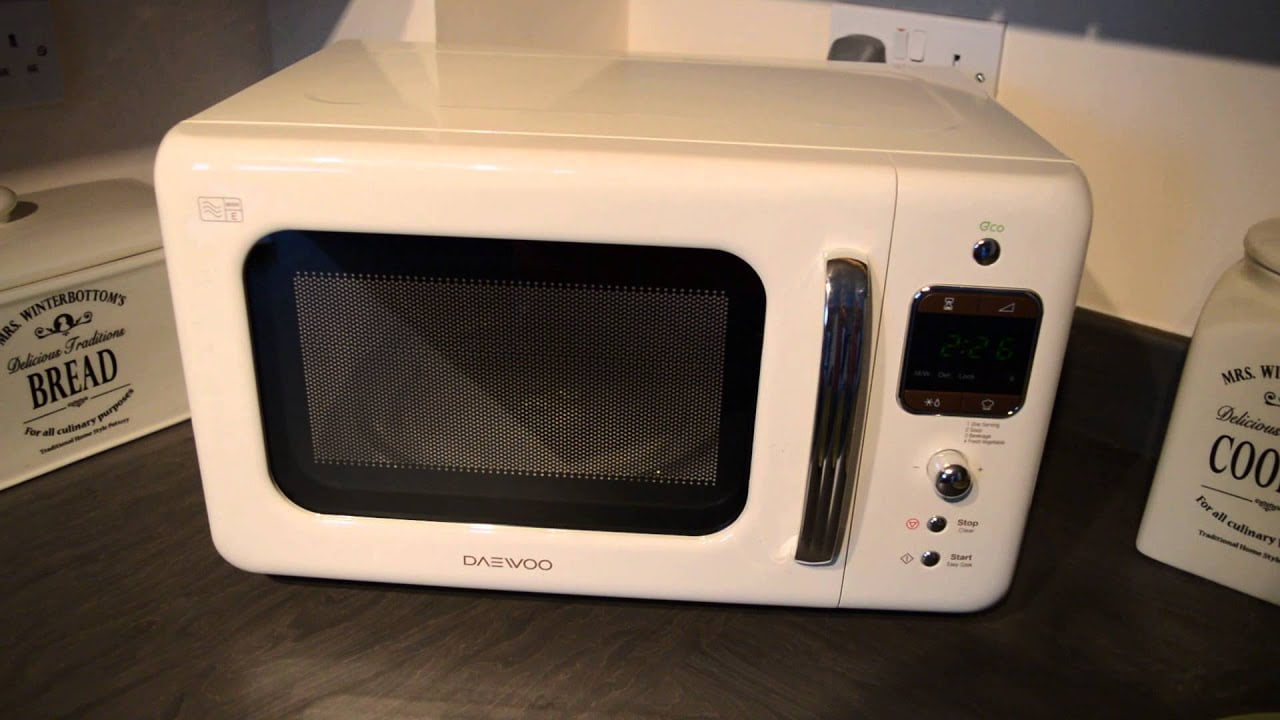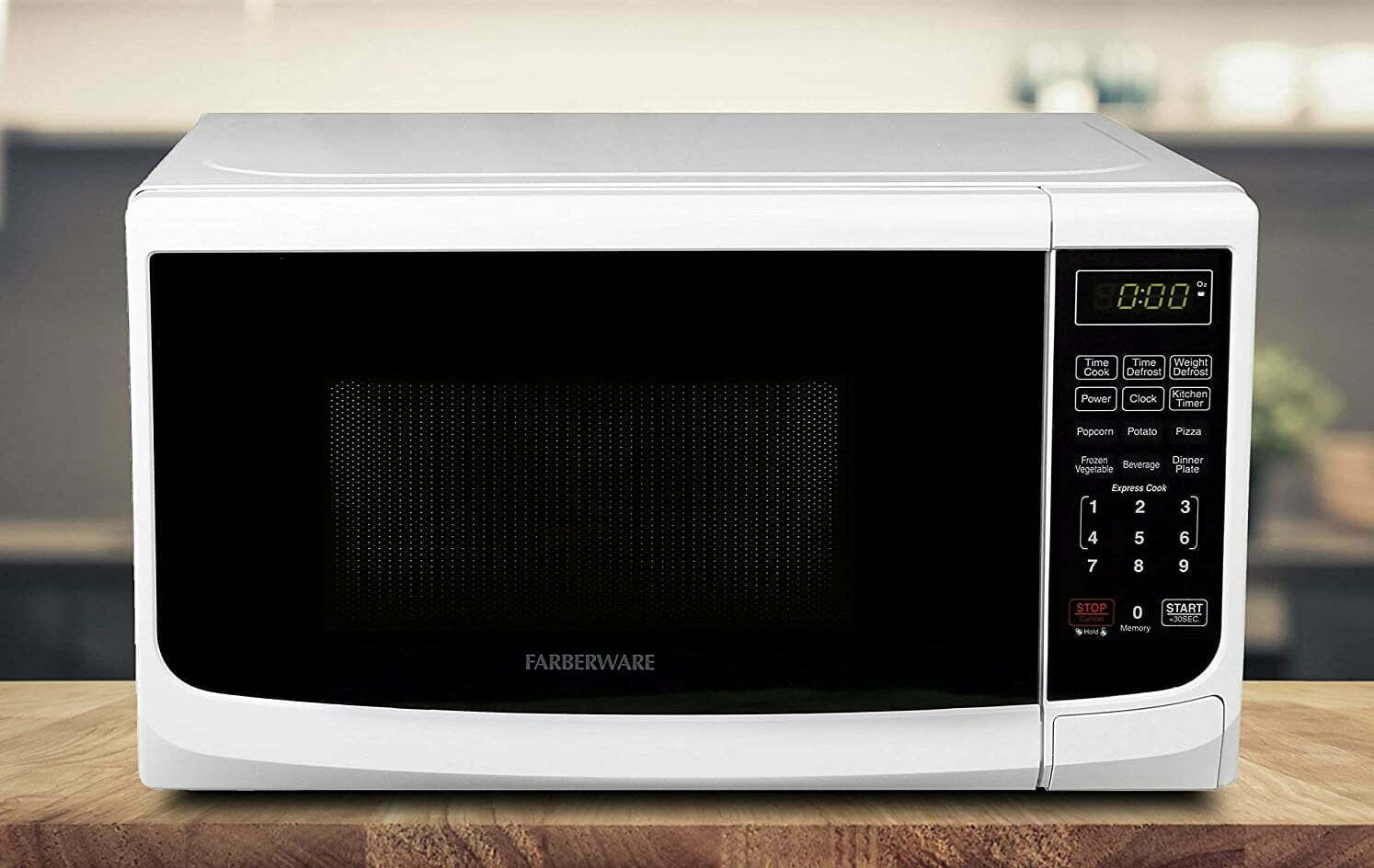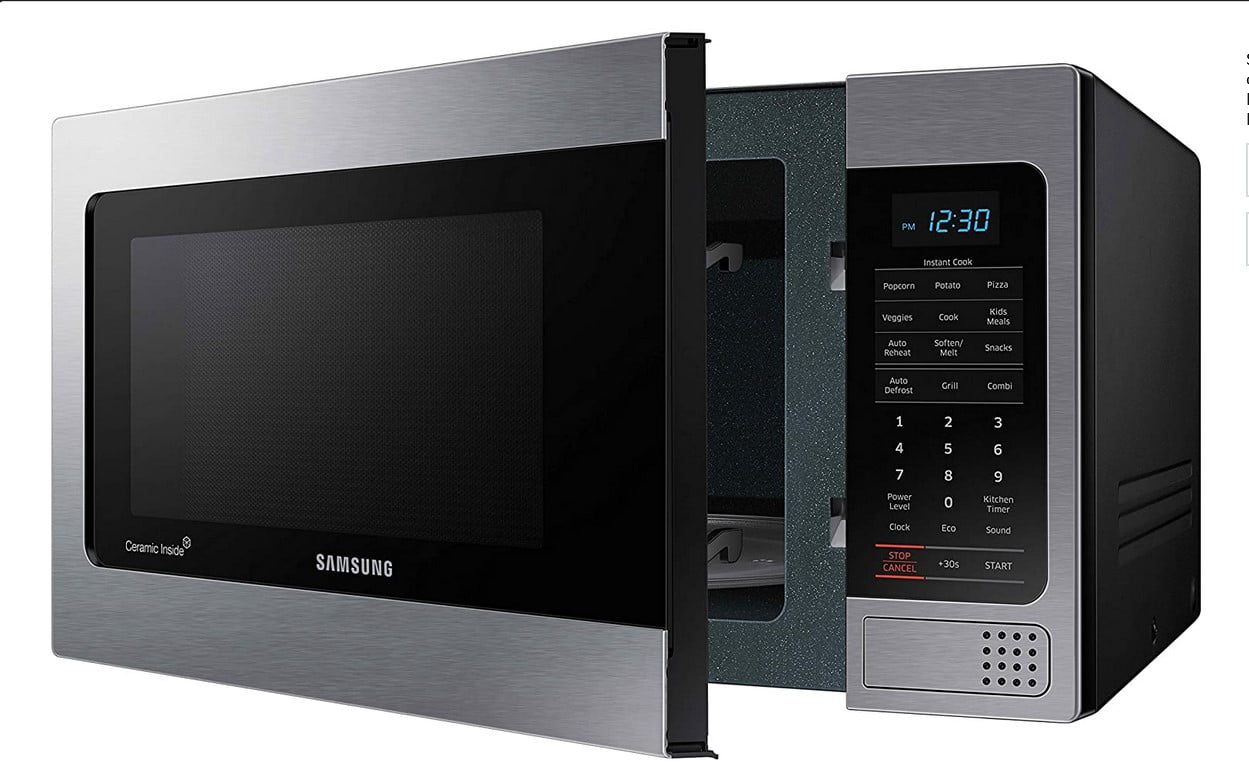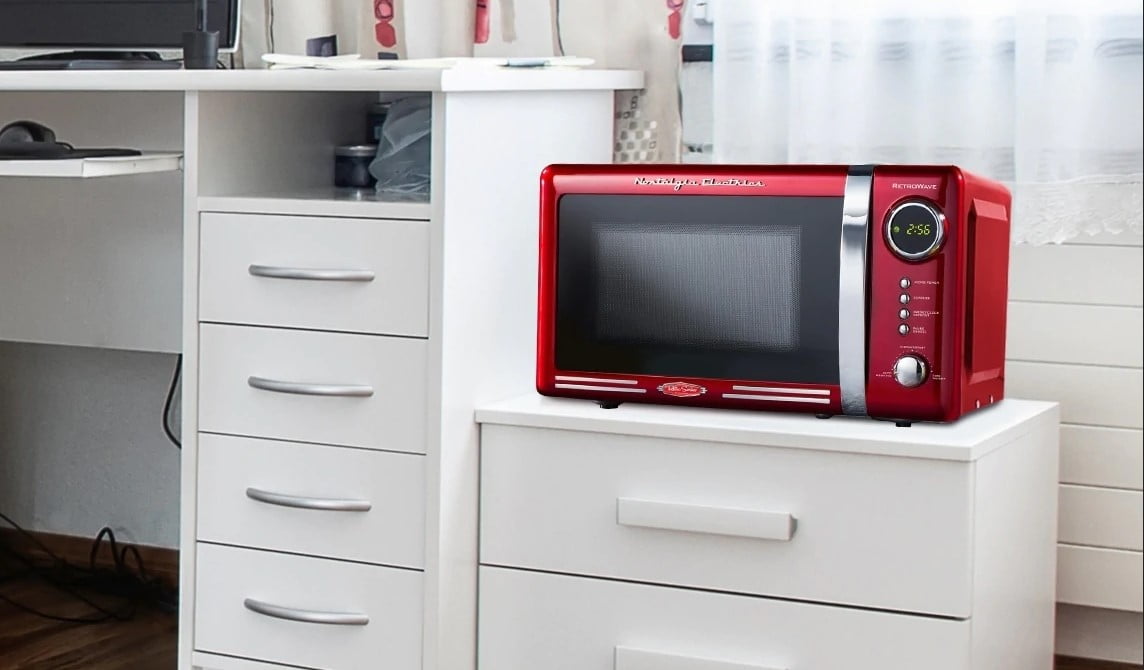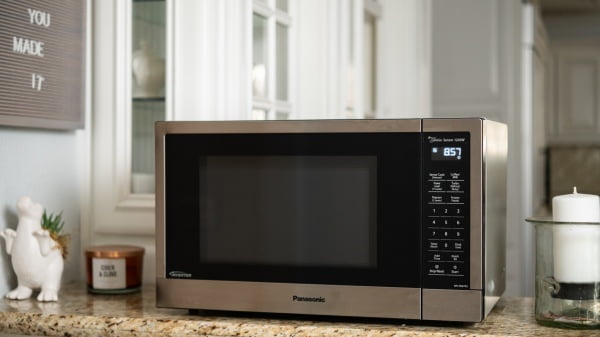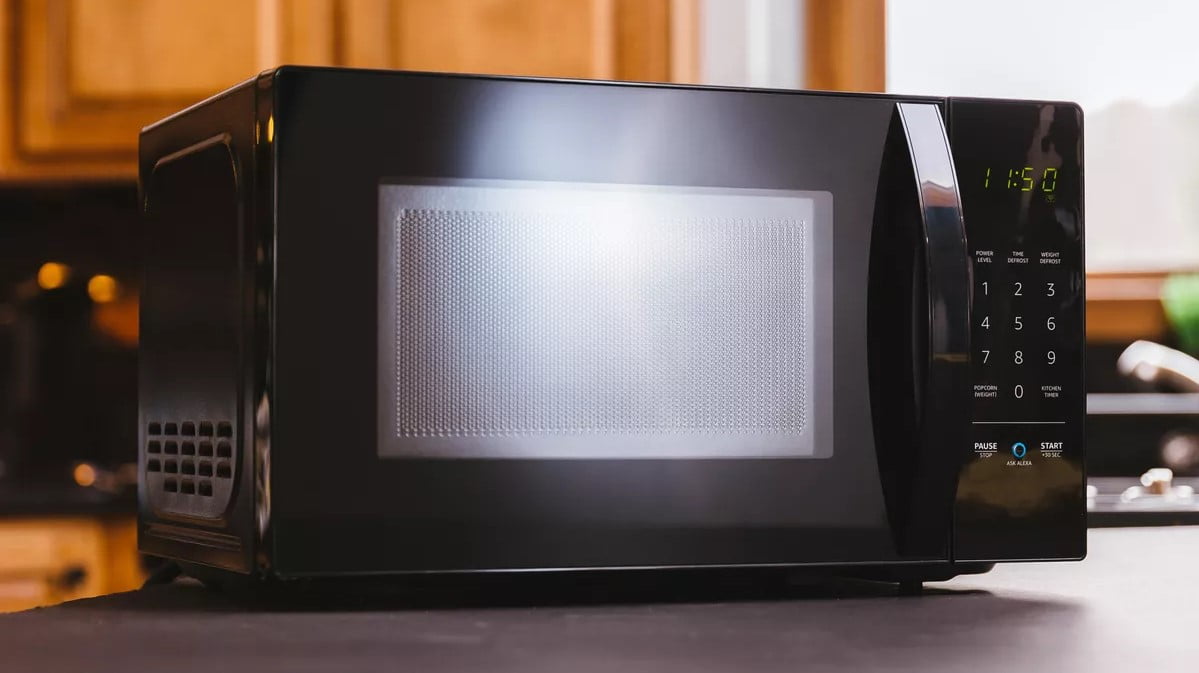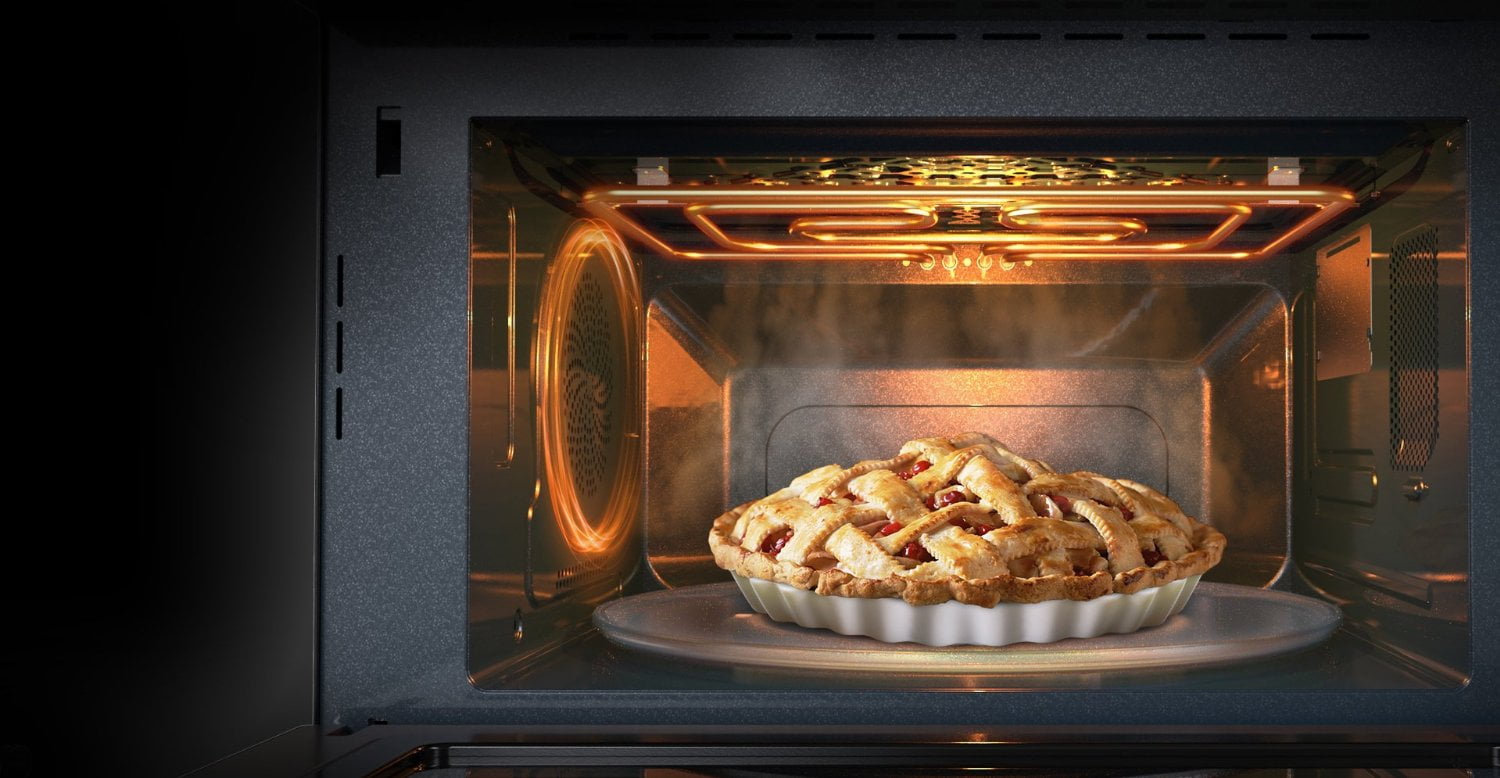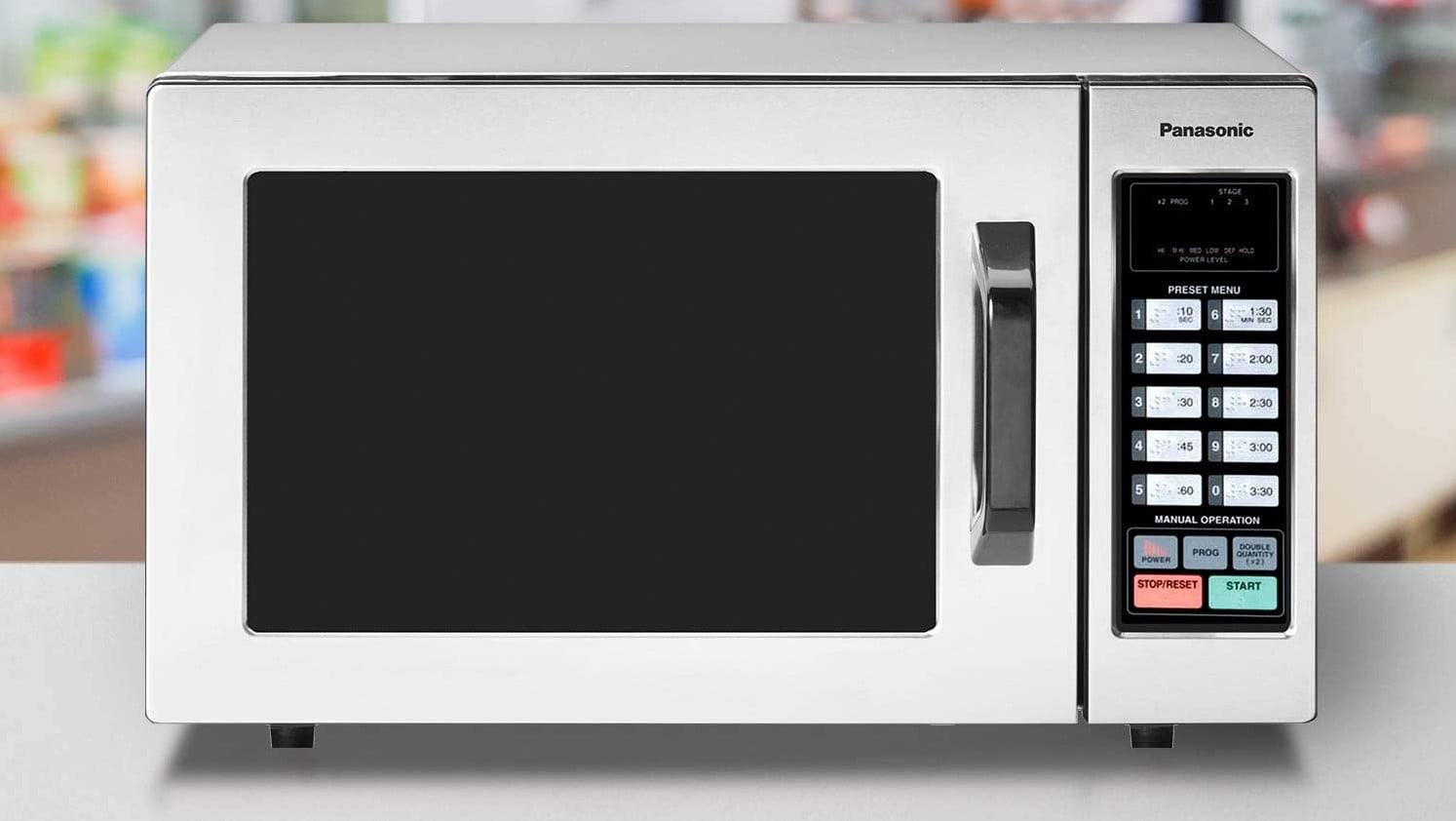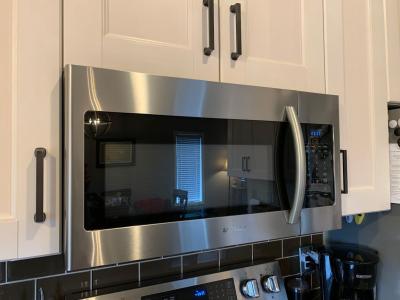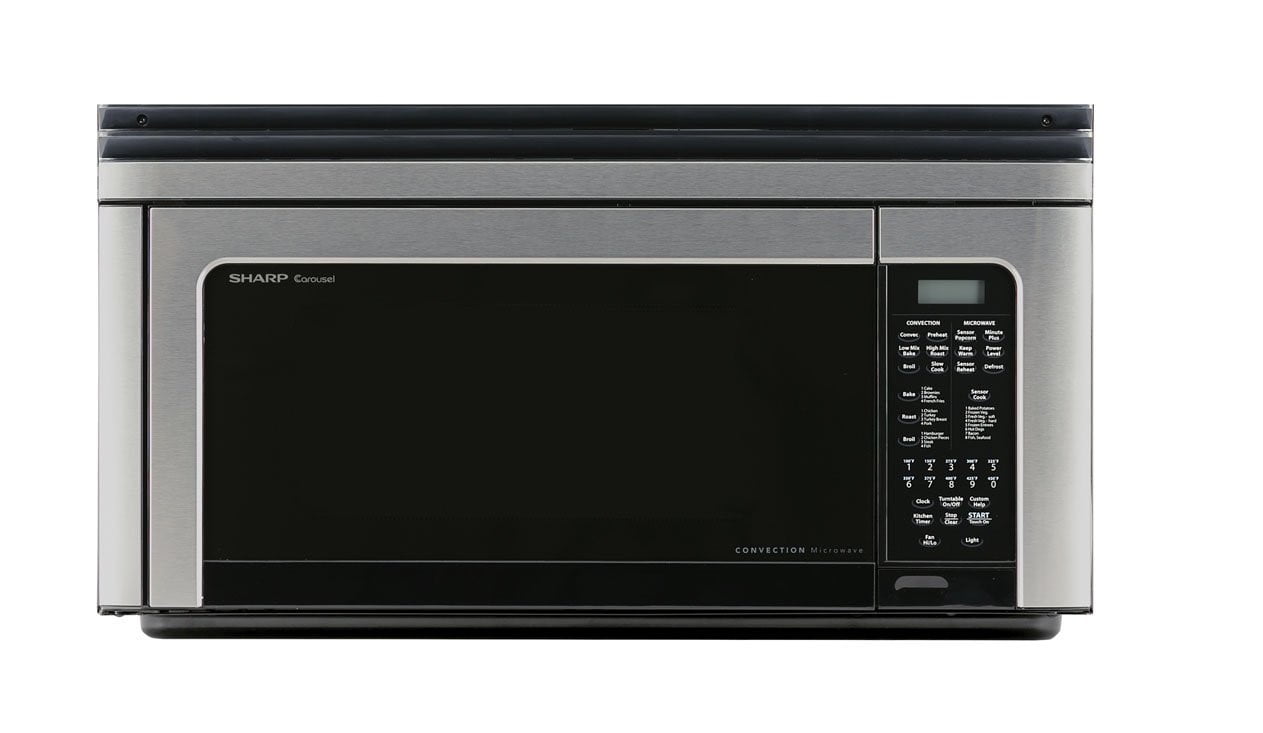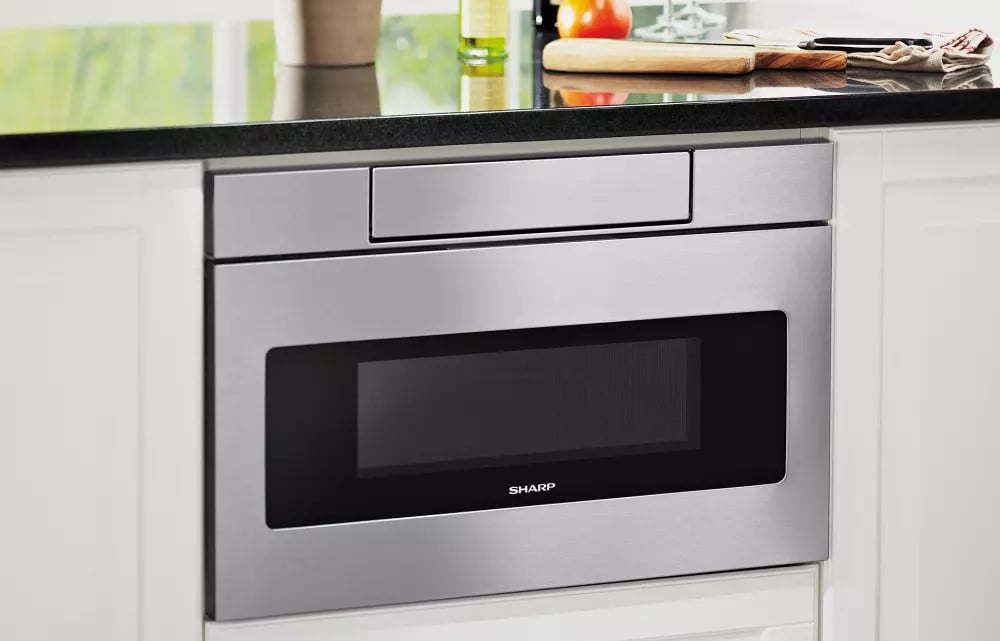Your microwave’s high-voltage capacitor is a necessary component for the oven’s basic function. Knowing how to test a microwave capacitor can save you a trip to a professional repair person, but it’s not always the most practical solution, depending on some factors.
KEY TAKEAWAYS:
- The easiest way to test your capacitor is simply to look for any obvious visible damage to it since any visible damage at all means you’ll need to replace it.
- Any troubleshooting, repairing, or replacement work on a microwave oven requires the proper discharge of the capacitor after unplugging the oven. A second person is also advisable in case of emergencies.
- There are some alternate DIY methods of testing a capacitor but given the danger inherent to home microwave repairs, they’re not at all advisable to the average owner.
Even the best microwave ovens can have capacitor issues, however, and troubleshooting and replacing a capacitor is a feasible DIY project that can sometimes save you money and time.
What Does a Microwave Capacitor Do?
A microwave oven’s high voltage capacitor, in conjunction with its diode, effectively doubles the voltage or charge that reaches the magnetron from a home wall socket, since the standard 120 volts isn’t sufficient to power a magnetron. It is thus an essential component for the basic functionality of the appliance.
A component like a diode is fairly simple to replace. Other DIY jobs like replacing charcoal filters are even simpler. A microwave’s high voltage capacitor, though, is potentially dangerous to replace yourself. That said, testing its functionality will help you make a decision about whether to replace it yourself, take it to a professional, or replace the entire microwave.
How to Test a Microwave High Voltage Capacitor
There are a few methods that are sometimes less reliable or difficult to read when it comes to testing your microwave’s capacitor, so the best two ways involve simple visual inspection and the use of a multimeter. An ohmmeter can sometimes be used, but a digital multimeter is better.
Insider Tip
You don’t need a specialized tool to perform a discharge, although capacitor discharge pens are available.
Before troubleshooting or doing any repairs or replacements on a microwave oven, you must unplug the oven and properly discharge the capacitor to avoid a dangerous electrical shock from touching metal components. Also, be sure there is no water anywhere in your work area.
How to Test a Microwave Capacitor-Visual Method
Tools Needed: A Phillips head screwdriver with rubberized handles and rubber gloves for accessing and discharging the capacitor
Steps: 2
- Once you’ve accessed and discharged the capacitor, check its contact points, chassis, and terminals for any obvious signs of damage such as electrical burns.
- If you find any visible damage, you’ll need to replace your capacitor.
How to Test a Microwave Capacitor- Multimeter Method
Difficulty: Hard
Tools Needed: A Phillips head screwdriver with a rubberized handle, a multimeter (preferably digital), rubber work gloves
Time Required: Approx 60 minutes
Steps: 7
If there isn’t any obvious visual damage on your capacitor, the easiest test to do next involves using a multimeter. Remember to make sure the unit is unplugged and you’ve performed a capacitor discharge.
- Set the multimeter to Ohmic mode, to at least 1000 Ohm = 1kΩ
- Connect the multimeter’s probes to the capacitor terminals- Negative to Negative and Positive to Positive
- The multimeter will display numbers- take note of the readings.
- The multimeter will then revert to Open Line (OL) or infinity.
- Repeat step 2 and note the readings.
- If you get readings every time and the OL or infinity reading immediately thereafter, your capacitor is in working order.
- If there’s no change to the readings or the readings show zero, your capacitor is dead and must be replaced.
Warning
Make sure all your tools including your gloves are rubberized before attempting a capacitor-discharge, or you risk a serious shock.
F.A.Q.S
How much power is in a microwave’s capacitor?
The capacitor along with the diode and transformer converts and amplifies the standard 120 volts of power from a home wall socket to the 240 volts necessary to power the oven’s magnetron.
Is a microwave capacitor dangerous?
A high voltage capacitor not properly discharged can hold a large amount of current even days after the oven has been unplugged and is capable of inflicting a potentially lethal shock.
Should you try to replace your microwave’s high voltage capacitor yourself?
Most manufacturers and most any appliance repair technician would advise you not to try such a job yourself due to the danger of electrical shock and potential damage to other components. It’s possible if done following safety protocols strictly, though. Generally, it’s not advisable for most people to do repairs on high-powered electrical devices.
STAT: A failed or burned-out high voltage capacitor is one of the five or six most common causes of a microwave not heating. (source)

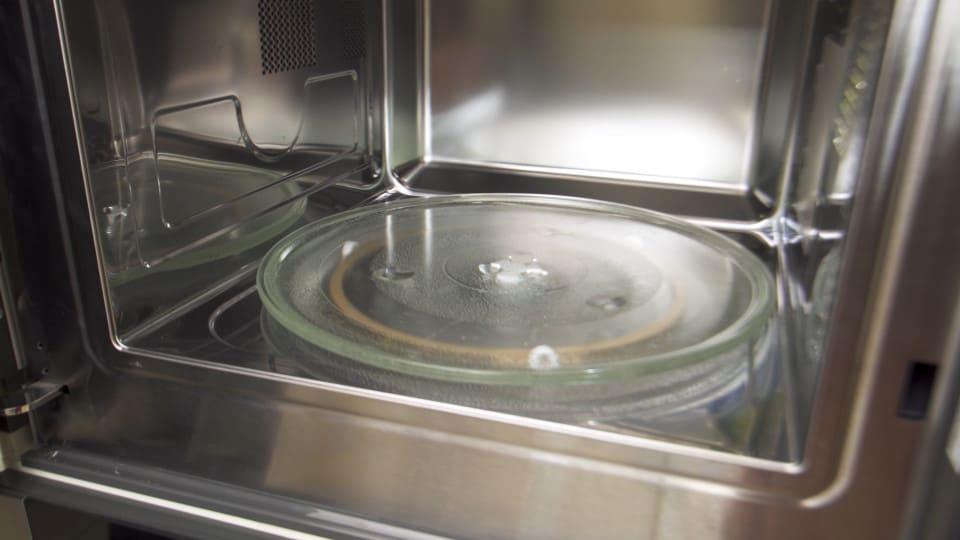













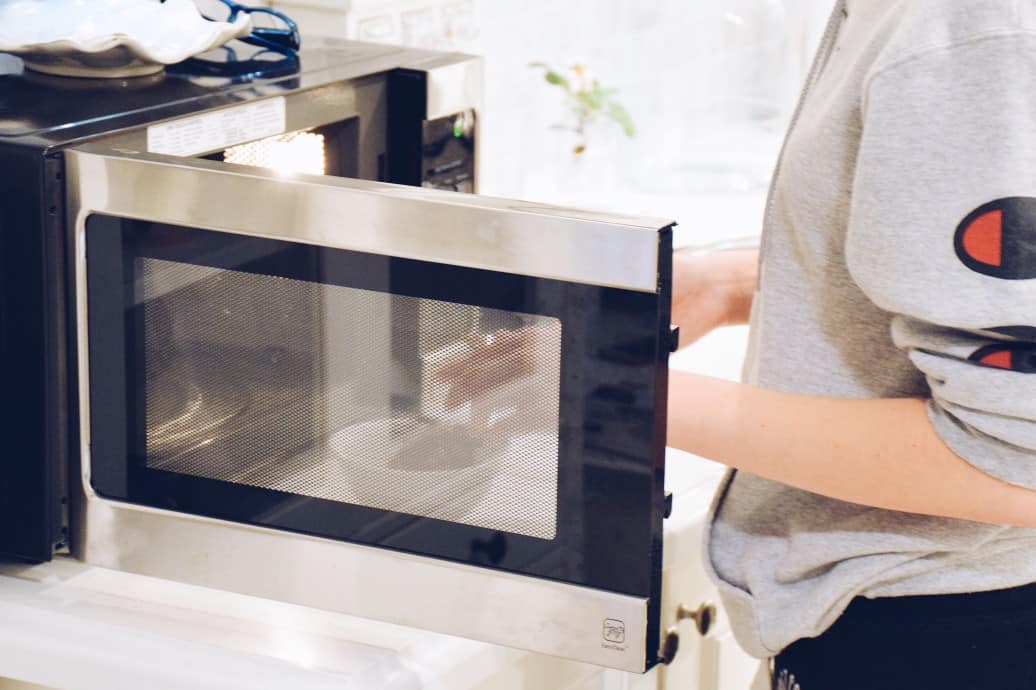
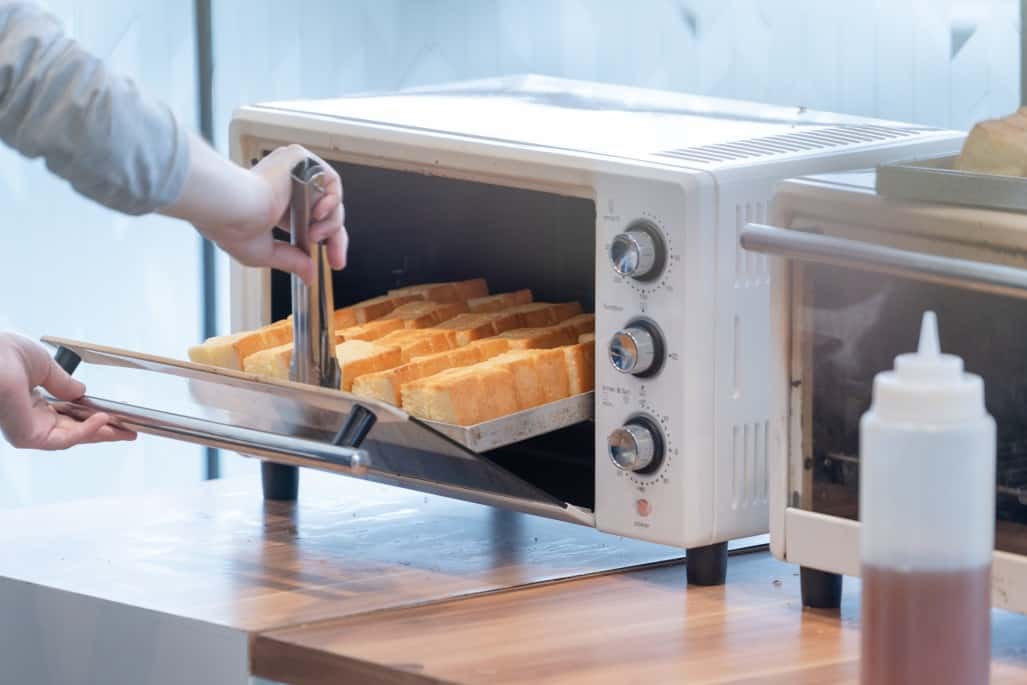
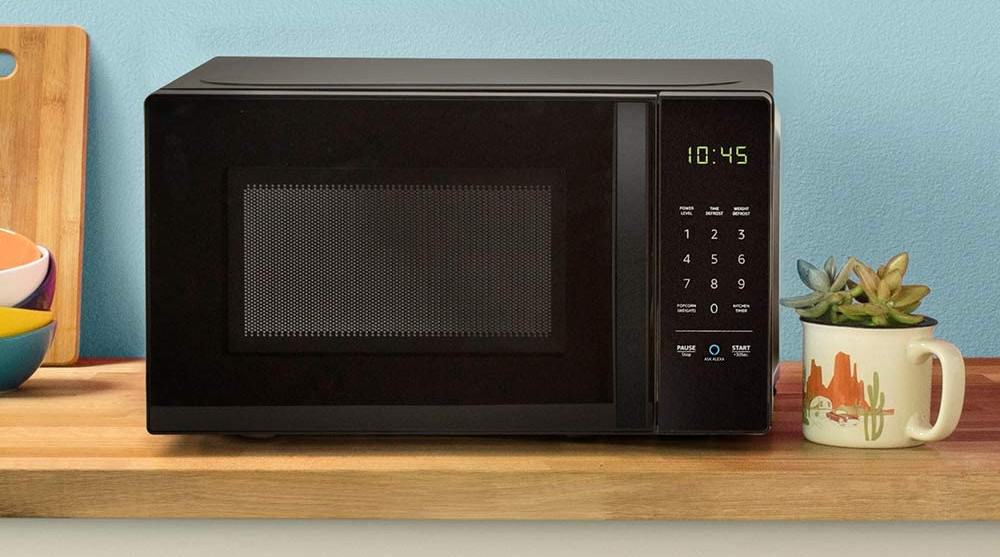

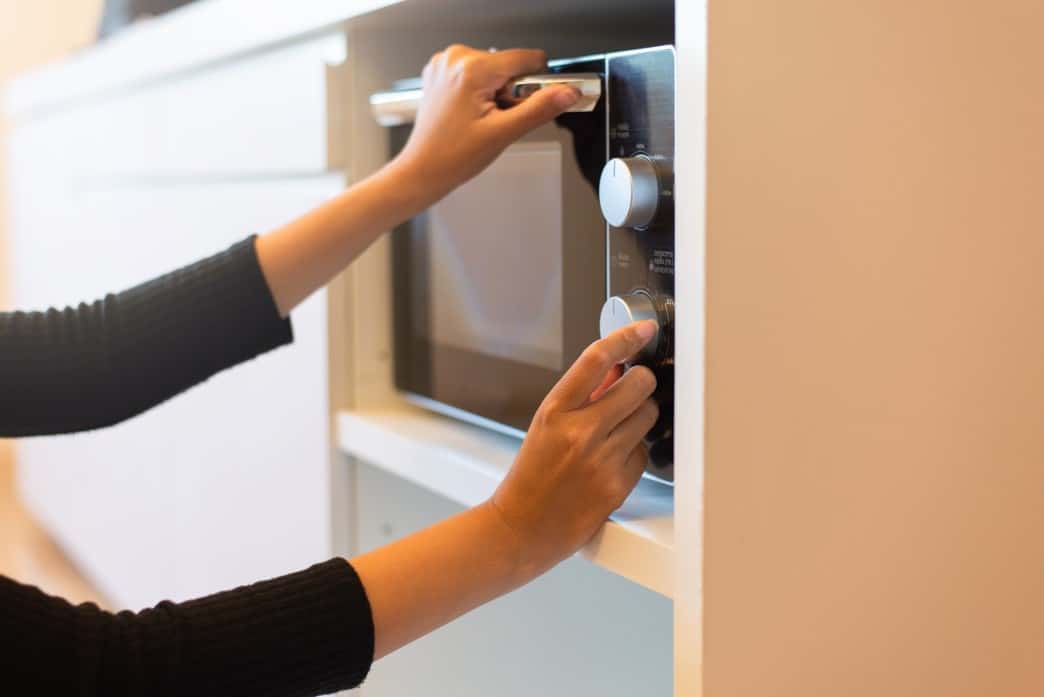
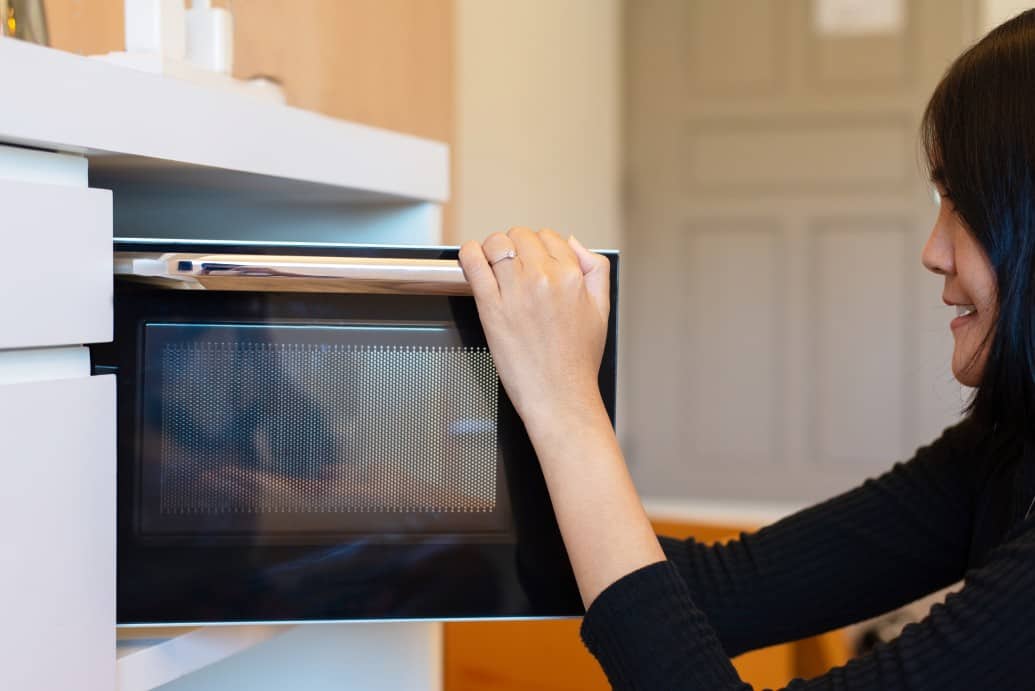
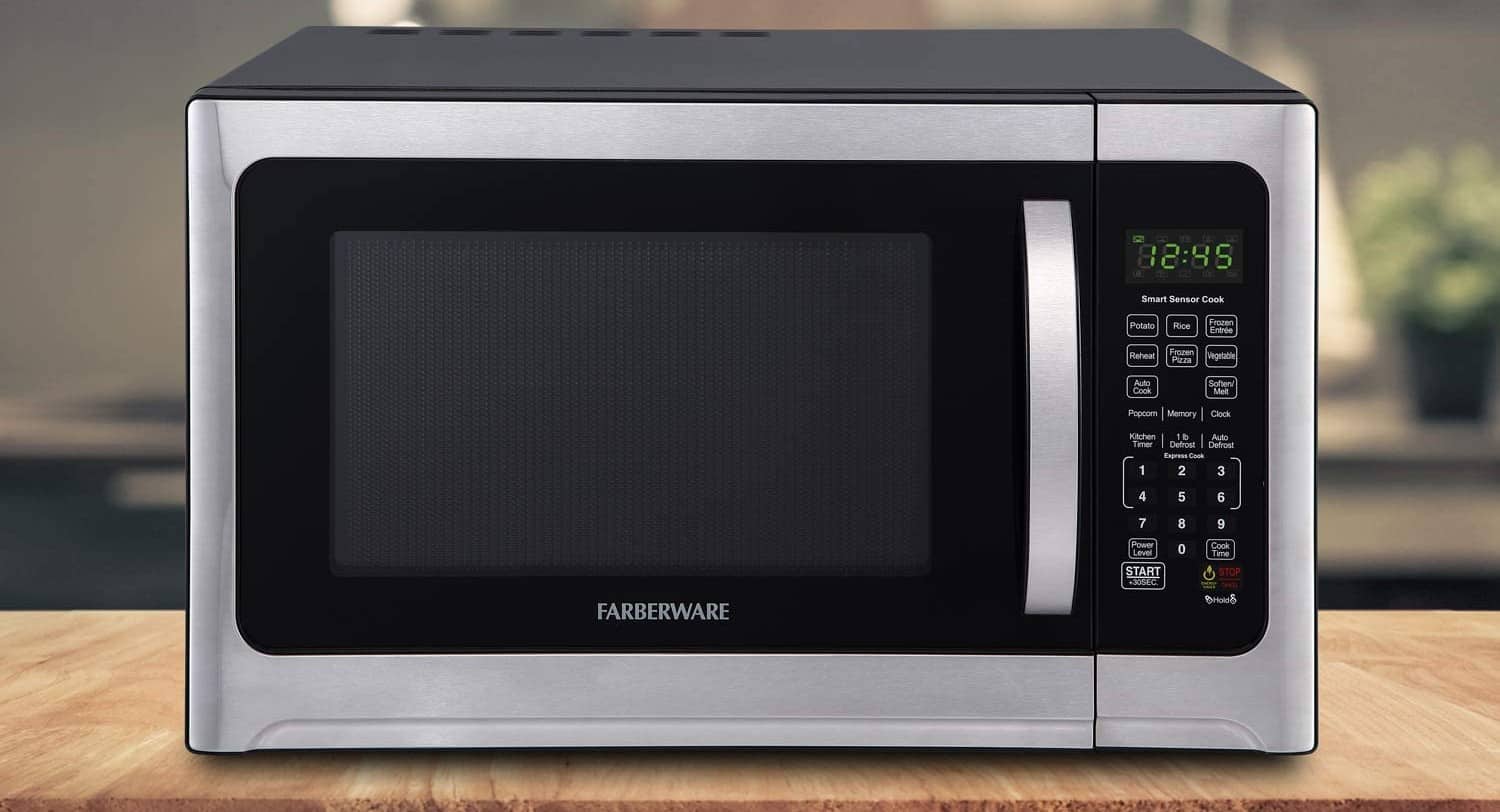
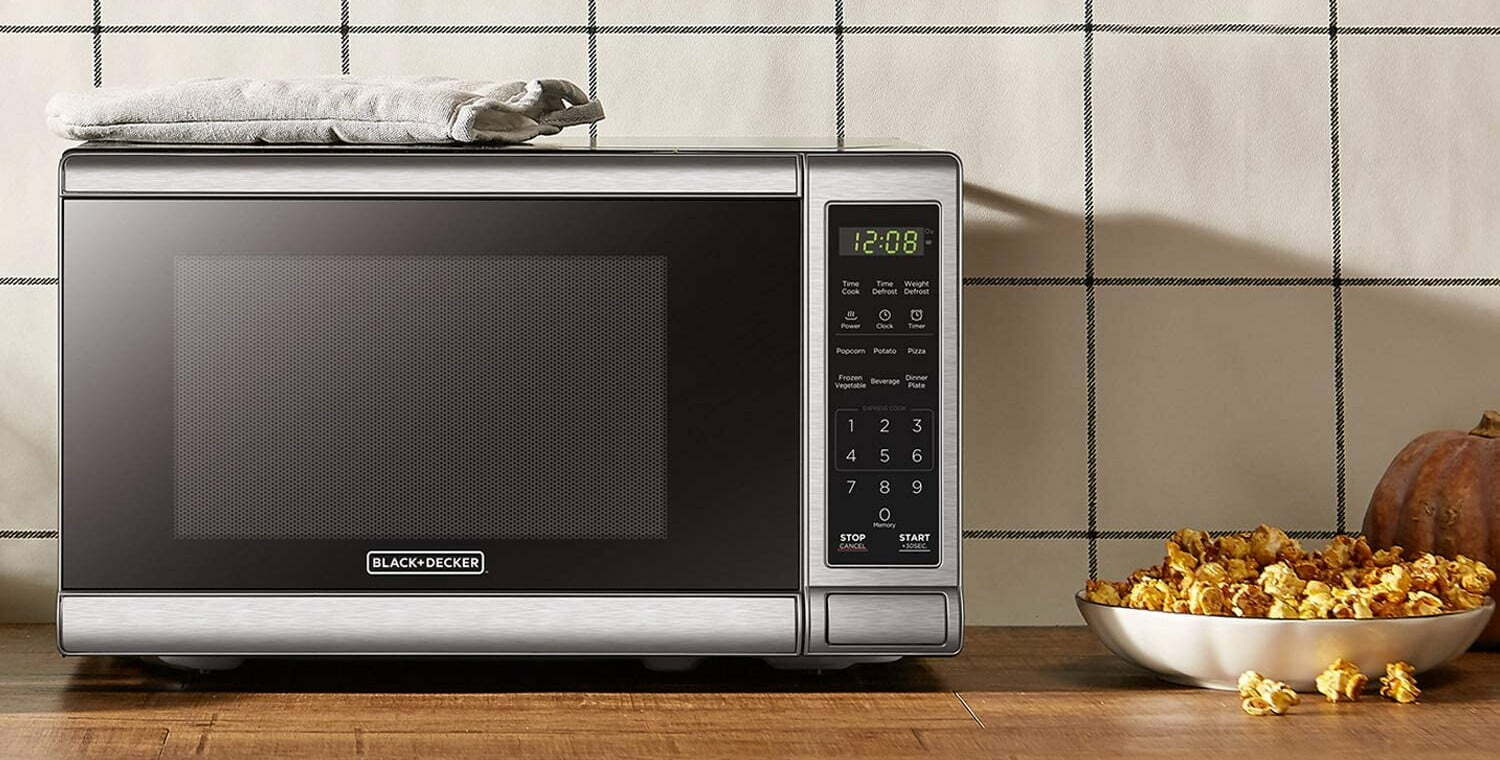
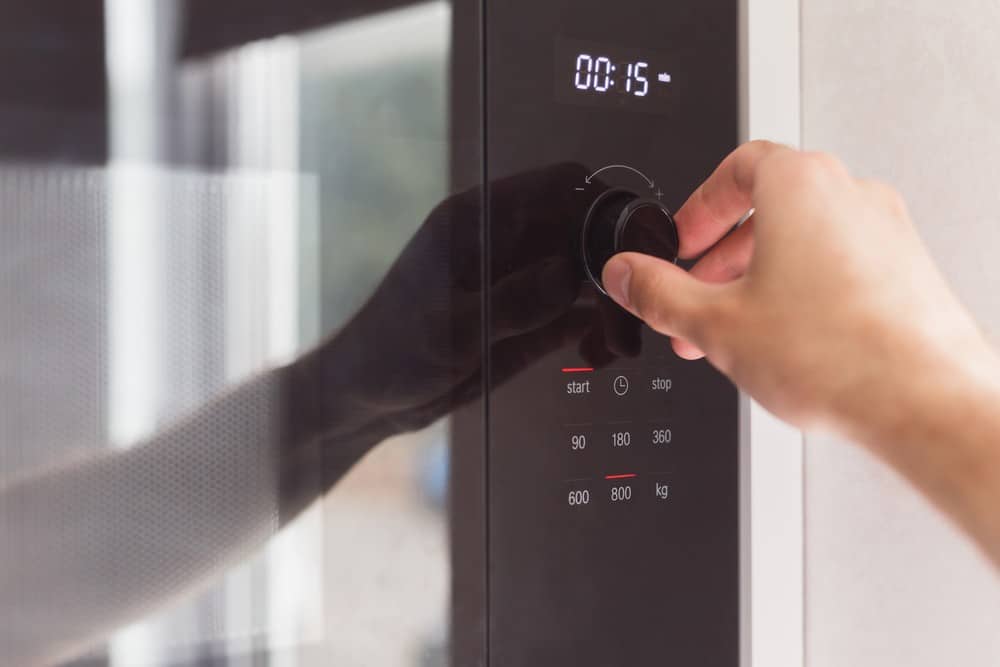
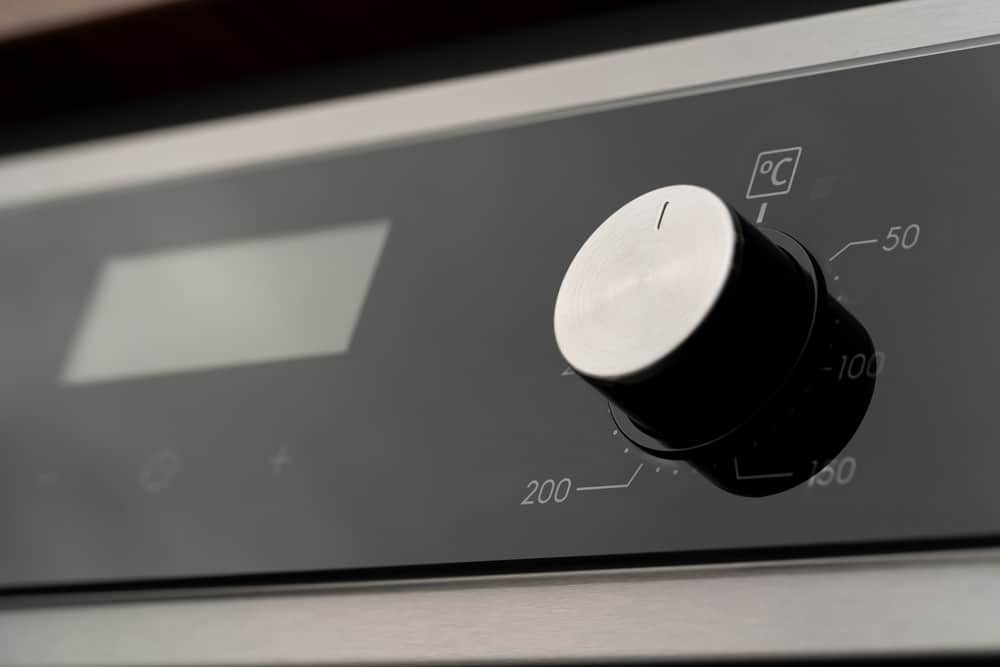
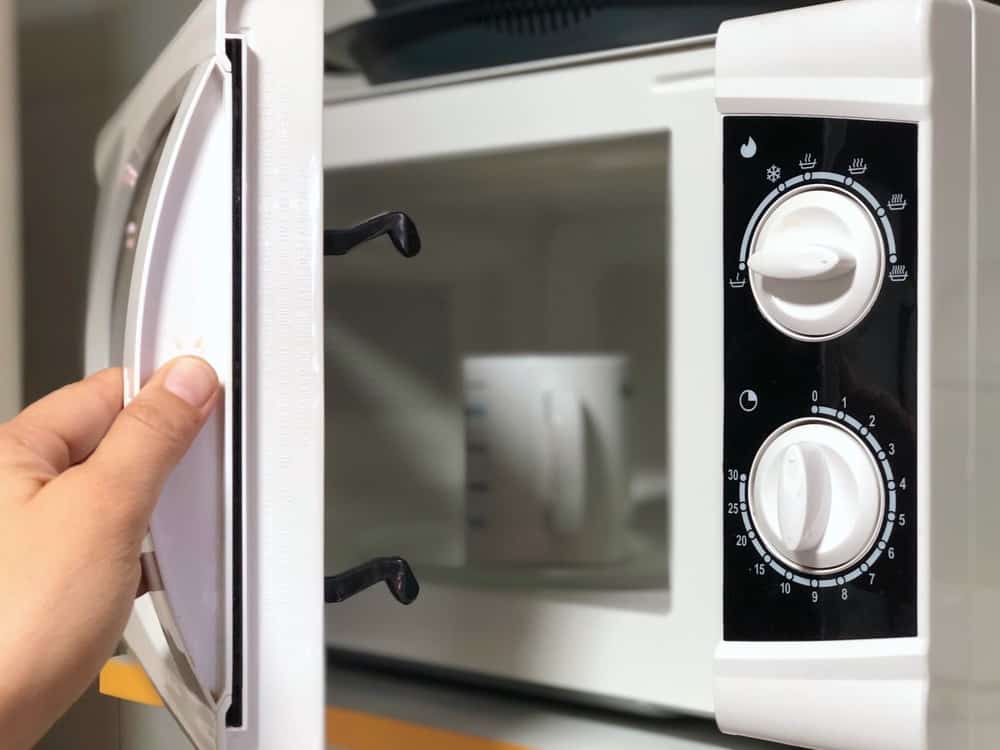

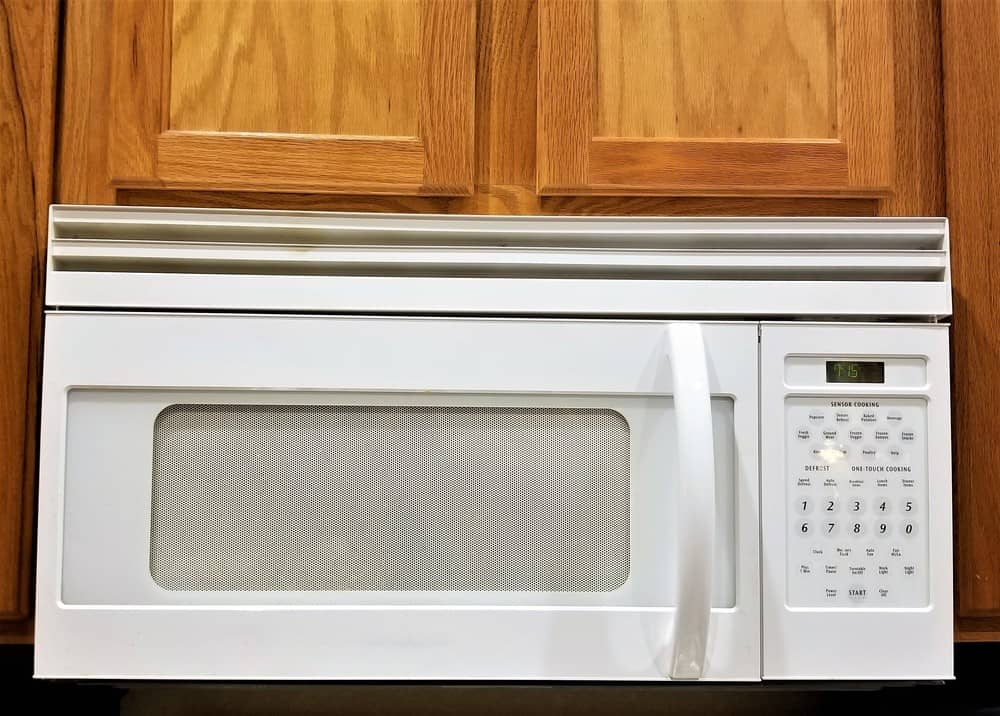
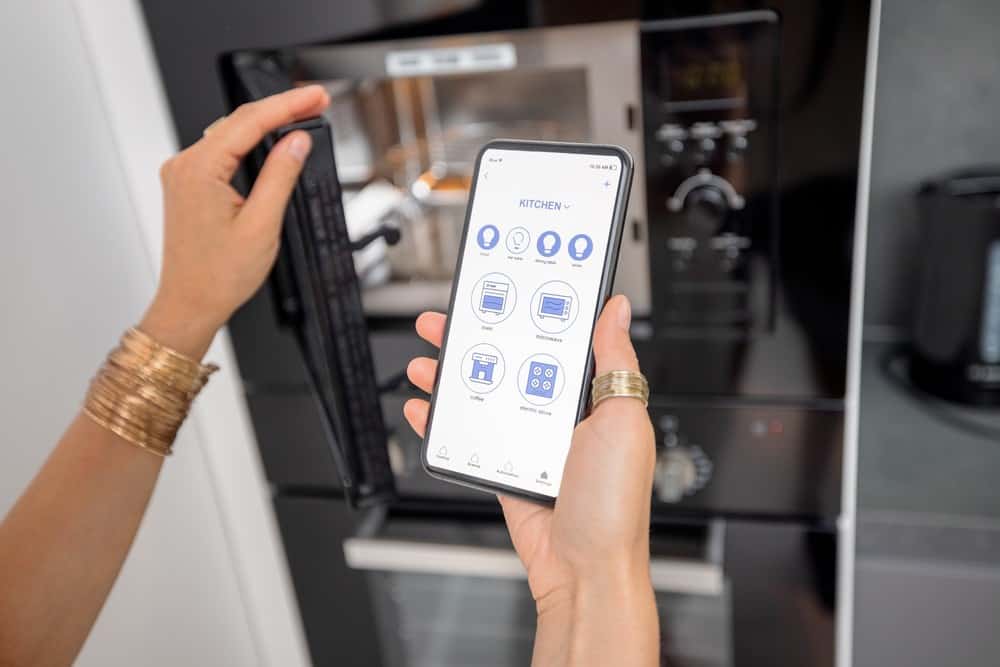

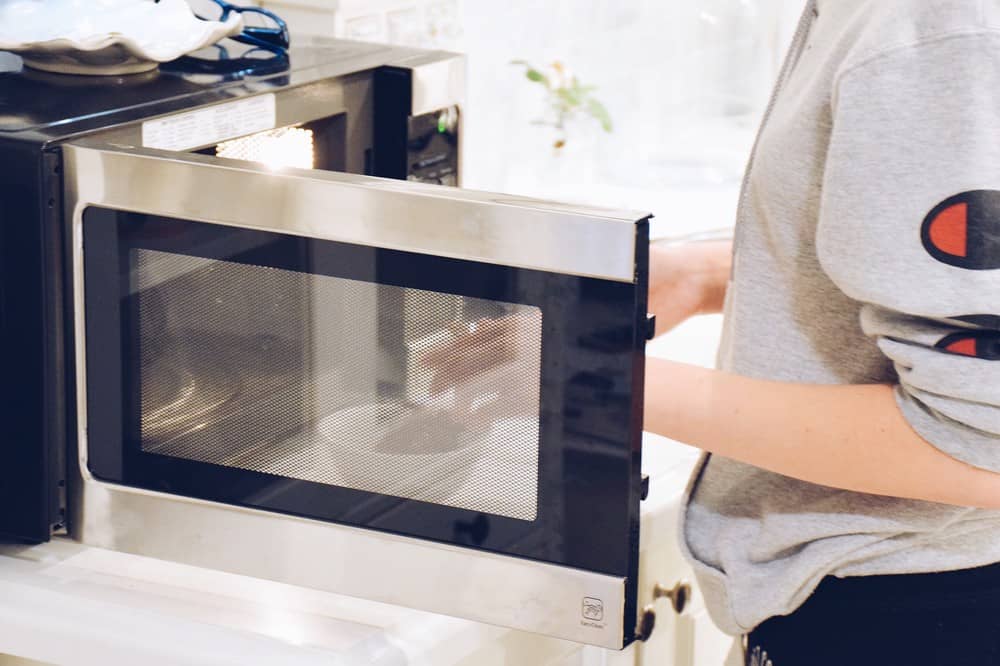

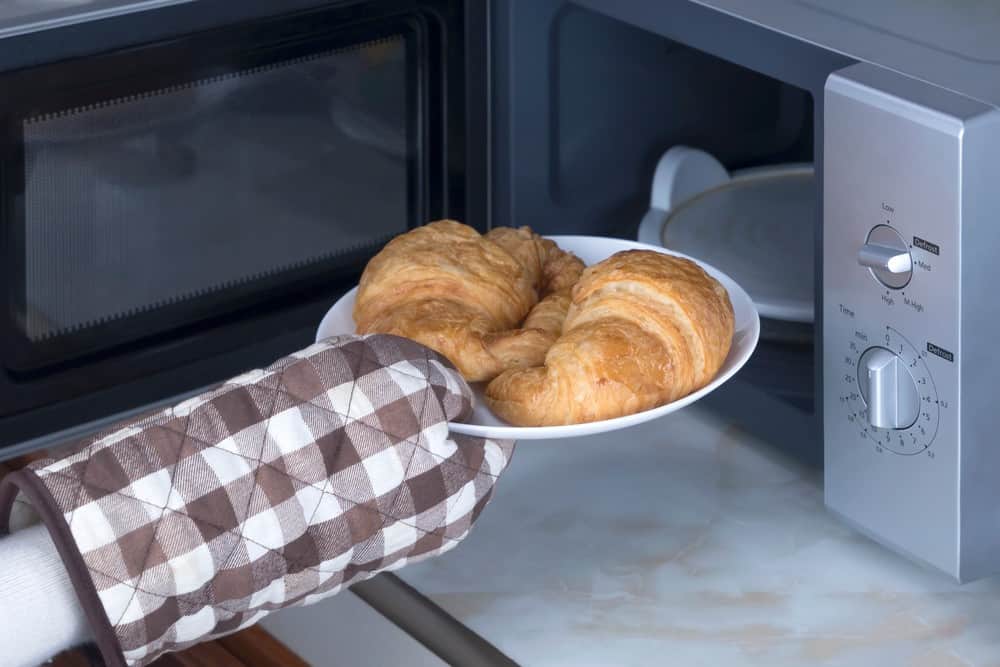
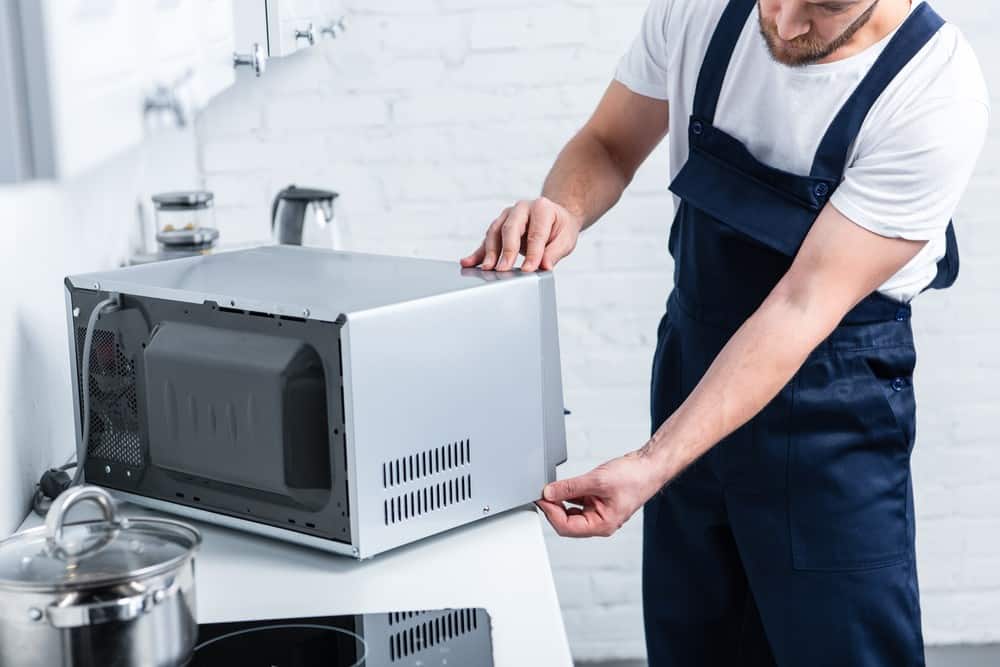
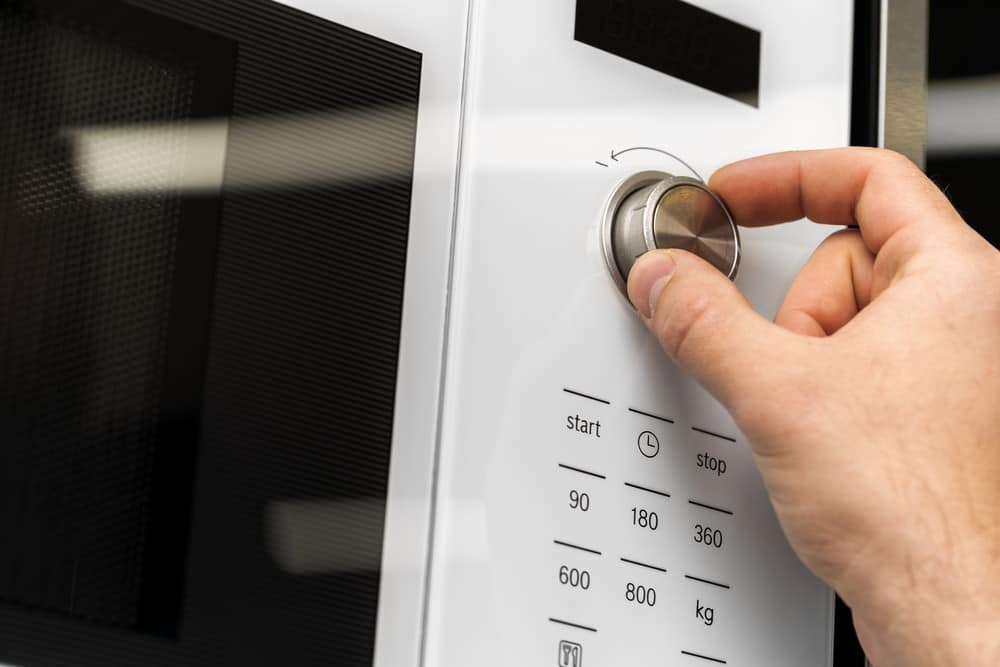
![Best Kitchen Appliances in [year] ([month] Reviews) 27 Best Kitchen Appliances in 2025 (December Reviews)](https://www.gadgetreview.dev/wp-content/uploads/best-kitchen-appliances.jpg)
![Best Whirlpool Microwaves in [year] 28 Best Whirlpool Microwaves in 2025](https://www.gadgetreview.dev/wp-content/uploads/best-whirlpool-microwaves-image.jpg)
![Best Microwave Drawers in [year] 29 Best Microwave Drawers in 2025](https://www.gadgetreview.dev/wp-content/uploads/best-microwave-drawer-image.jpg)
![Best Quiet Microwaves in [year] 30 Best Quiet Microwaves in 2025](https://www.gadgetreview.dev/wp-content/uploads/best-quiet-microwave-image.jpg)
![Best LG Microwaves in [year] 31 Best LG Microwaves in 2025](https://www.gadgetreview.dev/wp-content/uploads/best-lg-microwaves-image.jpg)
![Best Microwaves in [year] ([month] Reviews) 32 Best Microwaves in 2025 (December Reviews)](https://www.gadgetreview.dev/wp-content/uploads/best-microwaves-image.jpg)
![Best Over the Range Convection Microwaves in [year] 33 Best Over the Range Convection Microwaves in 2025](https://www.gadgetreview.dev/wp-content/uploads/best-over-the-range-convection-microwave-image.jpg)
![Best Retro Microwaves in [year] 34 Best Retro Microwaves in 2025](https://www.gadgetreview.dev/wp-content/uploads/best-retro-microwave-image.jpg)
![Best GE Microwaves in [year] 35 Best GE Microwaves in 2025](https://www.gadgetreview.dev/wp-content/uploads/best-ge-microwaves-image..jpg)
![10 Best Samsung Microwaves in [year] 36 10 Best Samsung Microwaves in 2025](https://www.gadgetreview.dev/wp-content/uploads/best-samsung-microwaves-image.jpg)
![10 Best Microwaves for Seniors in [year] 37 10 Best Microwaves for Seniors in 2025](https://www.gadgetreview.dev/wp-content/uploads/best-microwaves-seniors-image.jpg)
![10 Best Microwave Toaster Oven Combo in [year] 38 10 Best Microwave Toaster Oven Combo in 2025](https://www.gadgetreview.dev/wp-content/uploads/best-microwave-toaster-oven-combo-scaled-1.jpg)
![10 Best Panasonic Microwaves in [year] 39 10 Best Panasonic Microwaves in 2025](https://www.gadgetreview.dev/wp-content/uploads/best-panasonic-microwaves.jpg)
![10 Best Microwaves for College Dorms in [year] 40 10 Best Microwaves for College Dorms in 2025](https://www.gadgetreview.dev/wp-content/uploads/best-microwaves-for-college-dorms.jpg)
![10 Best Compact Microwaves in [year] 41 10 Best Compact Microwaves in 2025](https://www.gadgetreview.dev/wp-content/uploads/best-compact-microwave-image.jpg)
![10 Best Convection Microwave Ovens in [year] 42 10 Best Convection Microwave Ovens in 2025](https://www.gadgetreview.dev/wp-content/uploads/best-convection-microwave-oven-image.jpg)
![10 Best Built In Microwaves in [year] 43 10 Best Built In Microwaves in 2025](https://www.gadgetreview.dev/wp-content/uploads/best-built-in-microwave-image.jpg)



